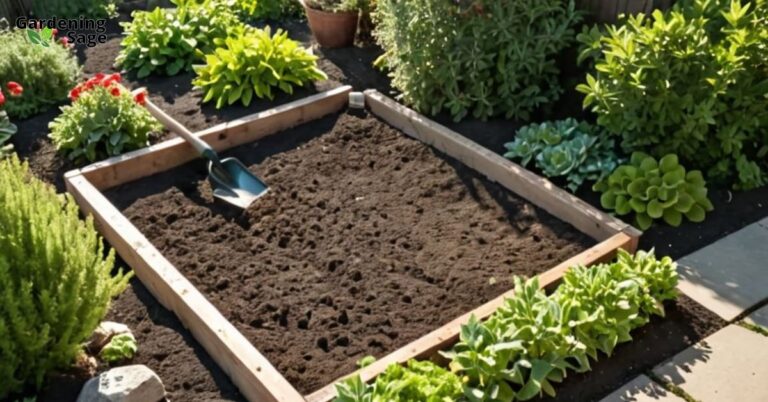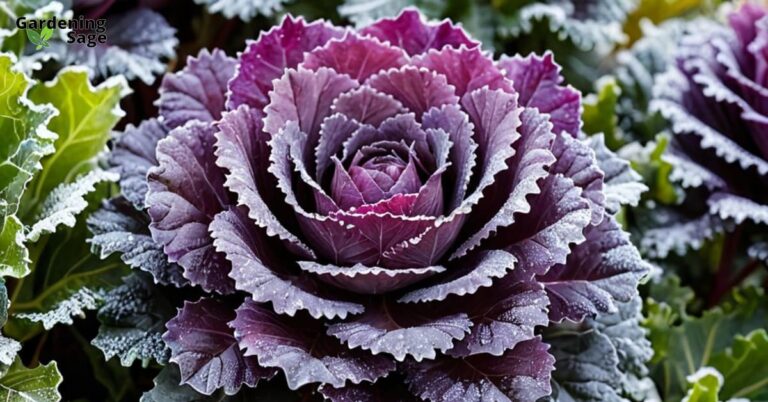Bringing Floral Tranquility Home with Thoughtful Garden Design
As the gentle warmth of spring’s blossoming hues ushers in the promise of the warmer months ahead, many individuals find themselves inspired to invite more of nature’s serene beauty into their personal spaces. For those with green thumbs and a passion for the vibrant, a well-planned ornamental garden brimming with radiant flowers can be the perfect way to bring this floral tranquility home.
When embarking on the rewarding journey of establishing a new flower garden, there are several key considerations to factor in to ensure success and satisfaction with your blooming sanctuary:
Selecting the Right Flowers for Your Region and Conditions
With the vast array of thousands of flower varieties available, the task of narrowing down your options may seem daunting at first glance. However, by taking a careful stock of your local climate, specifically your USDA Hardiness Zone, the amount of sunlight exposure your garden area receives, the type of soil present, and other environmental factors, you can guide your plant selections in a smart and informed manner.
It is highly advisable to consult with local nurseries and gardening experts on which flowering plants are best suited for your zone and will thrive in the specific conditions your yard provides. This proactive approach helps avoid the disappointment that can come later from choosing species that are bound to struggle and underperform in your garden’s unique environment.
Arranging Flowers Harmoniously for Maximum Visual Impact
Instead of cramming as many flower varieties together in a haphazard fashion, a more thoughtful approach is to arrange your garden into coordinated sections for a cohesive and aesthetically pleasing effect. Grouping flowers with similar care needs together not only simplifies maintenance but also allows for the creation of stunning visual displays. Utilize shapes, colors, and bloom times to create combinations that are pleasing to the eye and spirit.
For example, you might cluster pastel-hued flowers with soft, rounded shapes in one bed to create a delicate, dreamy look. In contrast, nearby, you could plant a vibrant patch of spiky plants with hot-colored blooms for a bold and dramatic contrast. This intentional juxtaposition of colors and forms can make your garden a true feast for the eyes.
Incorporating Hardscape and Decor Elements
Well-chosen garden decor and hardscaping elements can serve to wonderfully complement and enhance the natural beauty of flowering plants. Strategically placed features such as trellises, winding pathways, inviting benches, and pieces of garden art can lend structure, interest, and functionality to your garden space.
Consider the charming effect of incorporating a trellis smothered in blooming vines like clematis or jasmine beside a cozy bench, surrounded by pots overflowing with colorful annuals and perennials. This not only invites visitors to sit and enjoy the view but also creates a focal point that draws the eye and adds depth to the garden’s design.
Maintaining Your Flowers for Continuous Beauty
While establishing a thriving flower garden requires some initial work and dedication, keeping it looking lovely and vibrant is an ongoing endeavor that requires regular attention and care. Plan for routine tasks such as deadheading spent blooms to encourage further flowering, pinching back leggy growths to promote bushier plants, and frequently weeding out unwanted greenery that competes with your flowers for nutrients and space.
Additionally, ensure that your plants receive sufficient water and nutrition to support their growth and blooming potential. Mulching around flowers is an excellent practice that helps maintain soil moisture and temperature, suppresses weed growth, and can add an aesthetic touch to the garden beds. Be vigilant in addressing any pest or disease issues promptly to avoid rapid damage and spread within your garden.
Adapting as the Seasons Shift
The appearance and character of a garden naturally evolve with each passing season, reflecting the cyclical nature of growth and dormancy. As the vibrant spring and summer flowers gradually fade, fall-blooming plants such as chrysanthemums, asters, and autumn sedum take center stage, offering a new palette of colors and textures.
For winter interest, it’s beneficial to incorporate elements such as evergreen shrubs like holly, stands of ornamental grasses that provide movement and grace, and structural elements like trellises, stone walls, and hardscapes that maintain visual interest even when the garden is at rest. Then, as the cycle continues and spring returns, your garden will once again transition into another delightful flowering display, marking the renewal of life and beauty.














